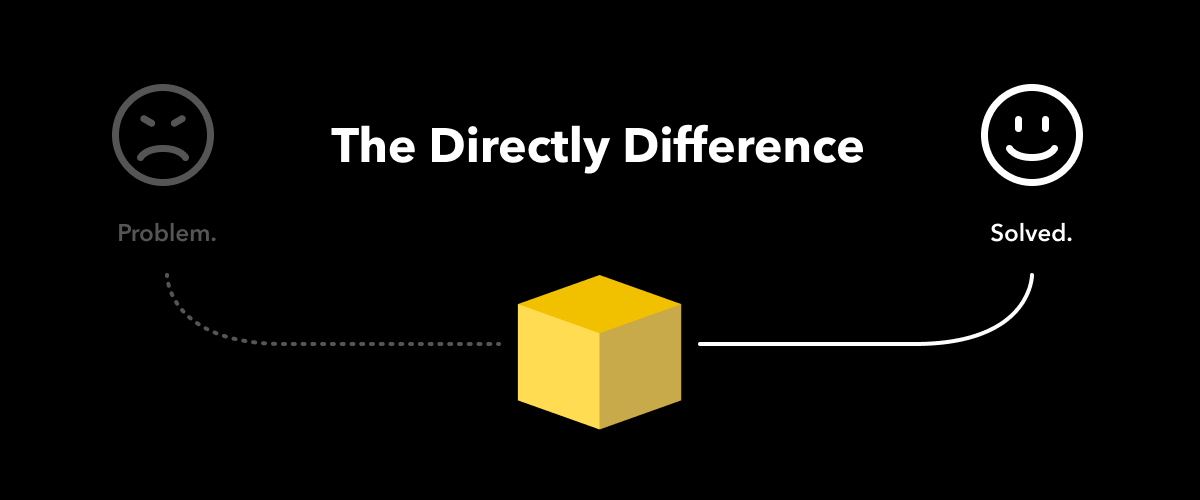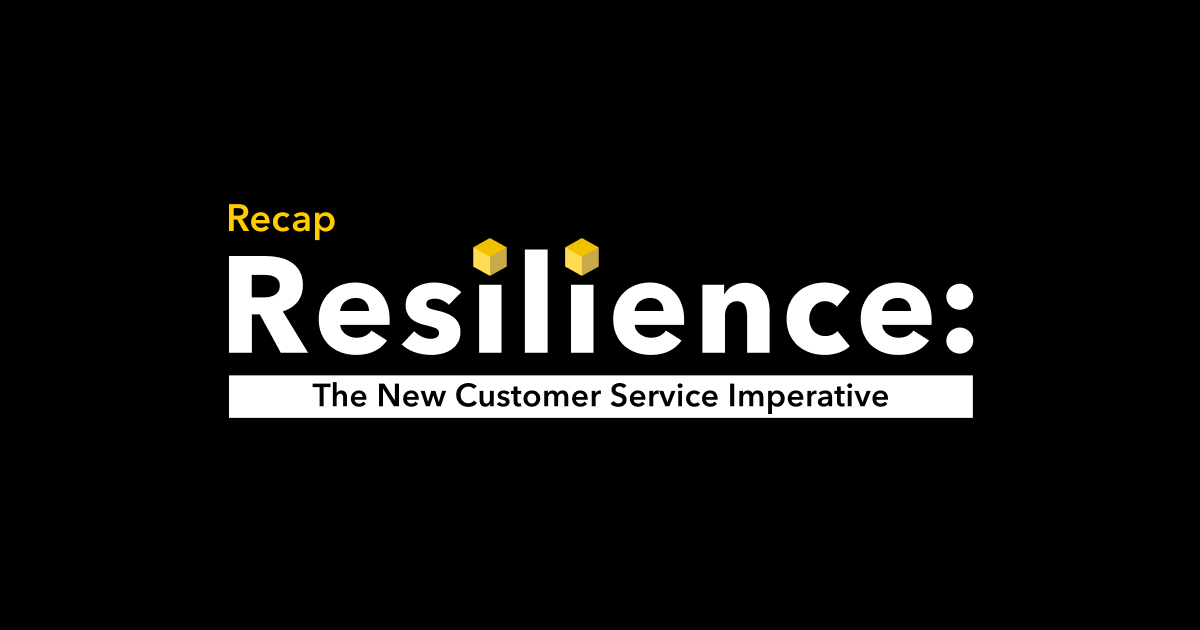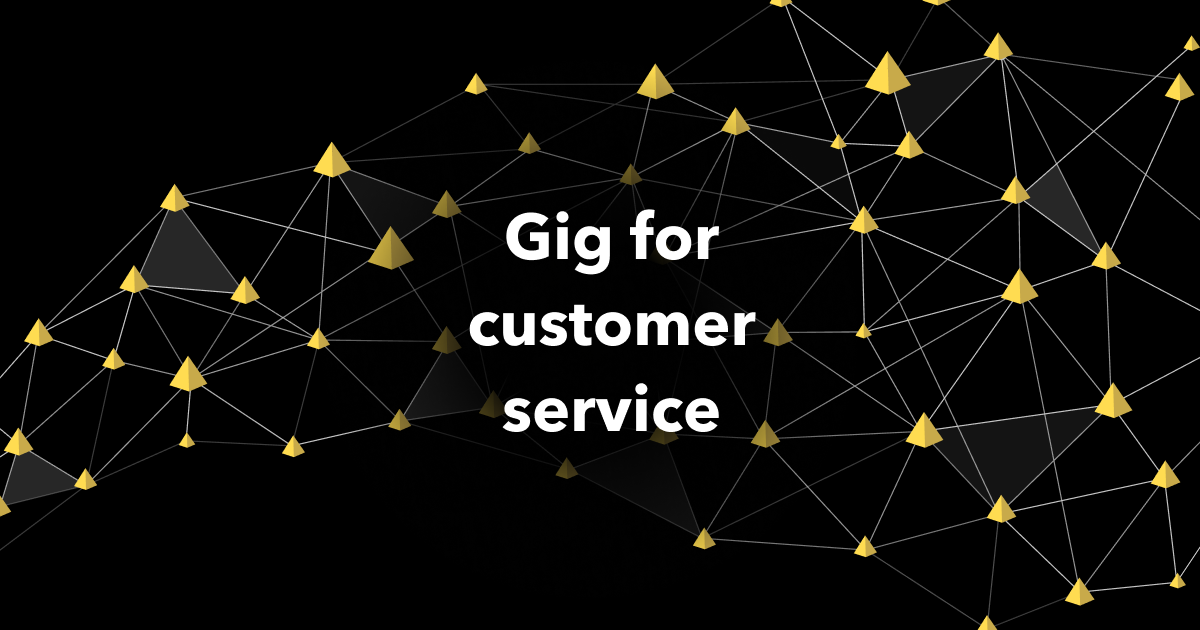On-demand customer service is a powerful complement to a traditional BPO contact center. Companies partner with Directly — along with using BPO agents — to provide needed capacity without the overhead of internally managed call centers and employees.
And while both BPOs and Directly can help companies scale customer service, we go about it in very different ways. In this post, we’ll explain how we differ from BPOs.
Hiring Independent Experts vs. Training Inexperienced Agents
“…We’re recruiting an already trained workforce that vastly reduces our time to competency.“
– Sue Morris, Microsoft Git Hub’s Vice President of Customer Support
BPOs are known for rigorous training programs — which is how the customer service agents learn the nuances of your business and back-office systems. The average BPO agent has a high school degree and is provided scripts to follow that can help them identify and resolve the most common issues. This training can take from days to months, depending on the complexity of the business. And since contact center agents have typically high turnover rates (30-45% annually, according to one industry site) — this means training replacement agents is a continuous and never-ending cycle.
On the other hand, Directly experts must be well-versed in a company’s products and services before they can participate in our platform. Since we’re recruiting talent that prefers independent and flexible work, we are able to more easily target & recruit people with college and advanced degrees, with technical backgrounds and existing experience with your products.
This ensures that the amount of necessary training is significantly reduced. During our vetting and onboarding process, we use a combination of writing and skill tests to ensure applicants have the breadth and depth of knowledge they need. Additionally, during our expert onboarding and QA process, we provide online training and resources about how to use our platform — along with customer service best practices. After an expert has been onboarded, we ensure that companies can provide experts with the latest information and continuous access to educational training resources.
A Flexible Labor Model vs. Limited-Capacity Contact Centers
“The response time that we’re seeing is under 10 minutes, which is a very different scenario that what we’ve been used to, certainly when we’ve been working with other types of outsourcing provision.”
– Grant Rochelle, Senior Director Global Product Support, Autodesk
When customer demand fluctuates, BPOs find it difficult to quickly respond. The number of agents assigned are fixed, and if you want to add additional agents it takes weeks to onboard and ramp up a new agent. For businesses that are seasonal in nature, planning for demand increases means significant costs and time to prepare. When unforeseen disruptions happen like a product outage, natural disaster or even a global pandemic, it typically means long hold times for customers and a poor customer experience.
Directly’s flexible operations thrive in an environment of seasonal spikes or unforeseen surges. Our network of experts are not working per hour and are not stretched to capacity. The majority of experts are working from home as a supplemental form of income, so when demand increases, experts are happy to receive more work and jump in to help. In addition, we keep a waiting list of experts and have a highly efficient recruiting and onboarding process to add new experts in a period of hours, not weeks or months. Because of the benefits of on-demand operations, company leaders can quickly increase or decrease volume when needed for limited or no additional cost.
In our recent post about customer service surges, we shared how one global gaming company used Directly to account for a 60% increase over the holidays. And a few months later — when many of their outsourced call centers went down due to COVID-19 — we covered a 3X increase in just 24 hours.
Paying for Business Outcomes vs. Time & Resources
“We save money by not using offshore customer service centers, which means we can reinvest it in local advocates who speak more languages and have direct experience of the outcomes that our customers want to achieve.”
– Sue Morris, Microsoft Git Hub’s Vice President of Customer Support
BPO contact centers operate with large teams of agents, who are typically hired, trained, and managed by the center. The agents are typically paid hourly. As a company, if you contract a BPO, you will likely pay for a number of seats — or agents — for a period of time. Regardless of the number of incoming customer inquiries, you’re effectively renting that seat. BPO agents in the U.S., for example, typically cost in the range of $25-$65, per this study from CloudTask.
Directly experts work on a pay-for-performance model that aligns your investment with business outcomes. Experts are independent workers, and are paid to help customers on their own schedule. As we detailed in this recent blog post, our experts get paid only when they successfully resolve the question. There’s no hourly pay involved — so if we are unable to resolve the issue, you are not paying for it. And if things are slow, you are not paying for it. With this pay-for-performance business model, we deliver on average 20-40% cost savings vs traditional outsourcers due to the efficiency gains of on-demand networks.
Why Directly?
Directly delivers world-class customer service for leading Fortune 500 brands. Captive and outsourced contact center models increasingly can’t keep up with customer service demands, while self-service is only effective at deflecting simple contacts. With Directly, we help you troubleshoot a wide range of technical issues using on-demand experts and best-in-class AI technology. Customers like Microsoft, Samsung, and Airbnb partner with Directly to reduce contact center volume up to 40%, boost CSAT up to 20%, and save millions per year. Contact us to set up a demo today.



